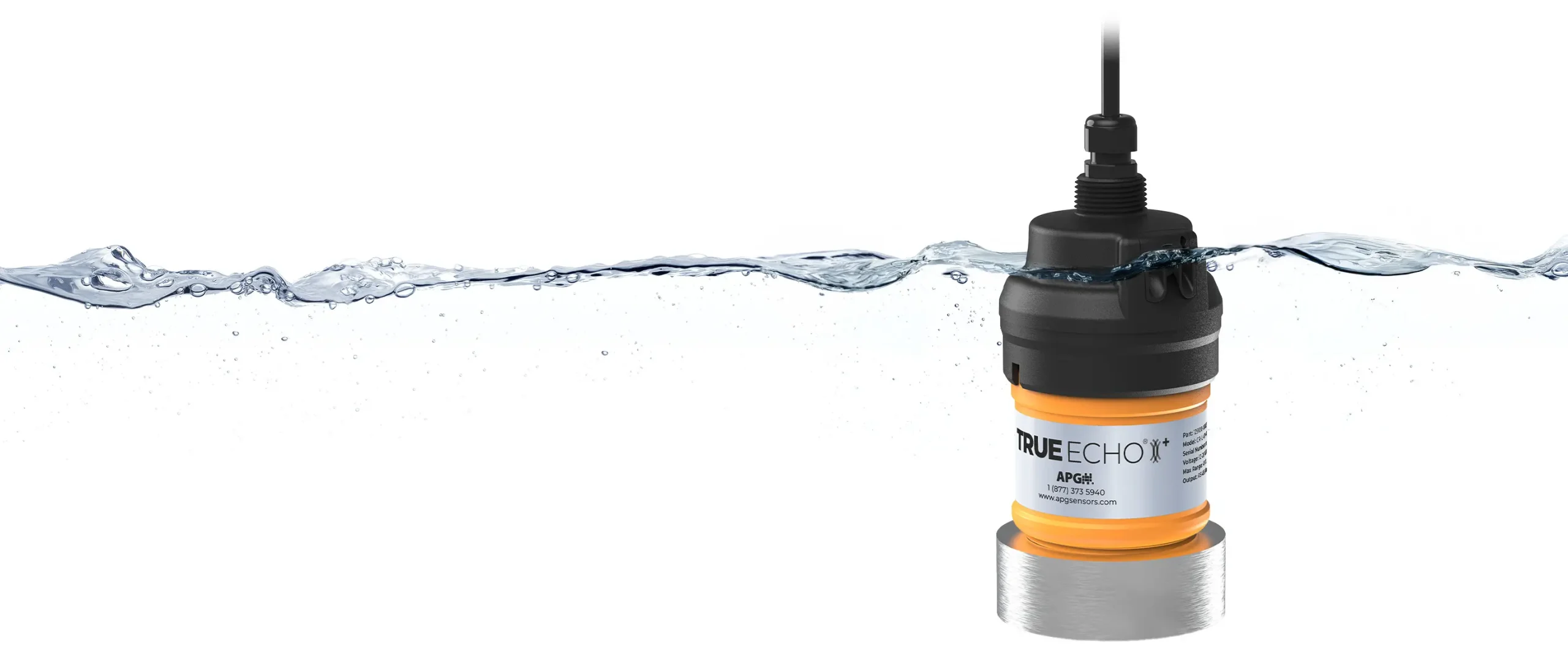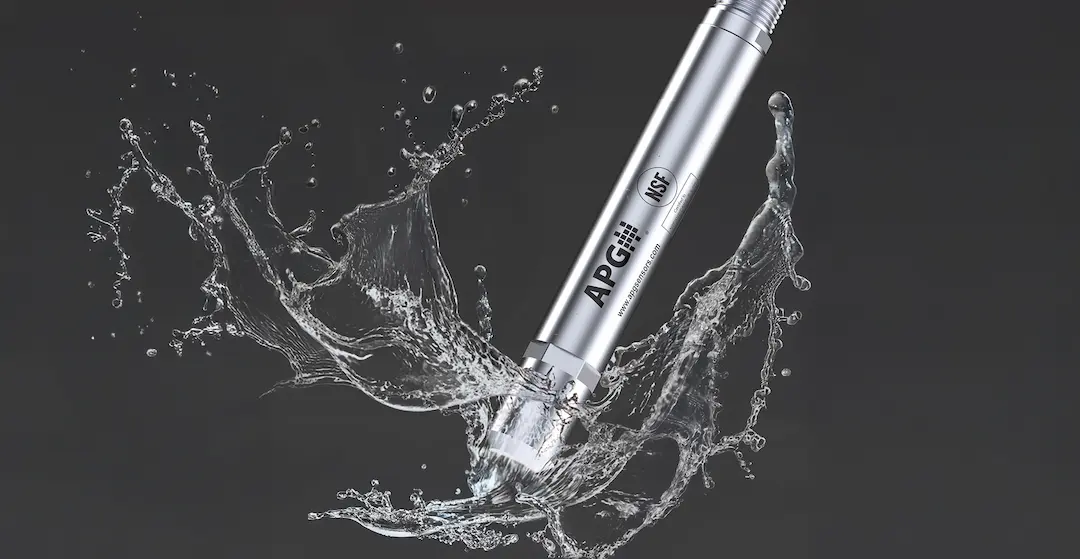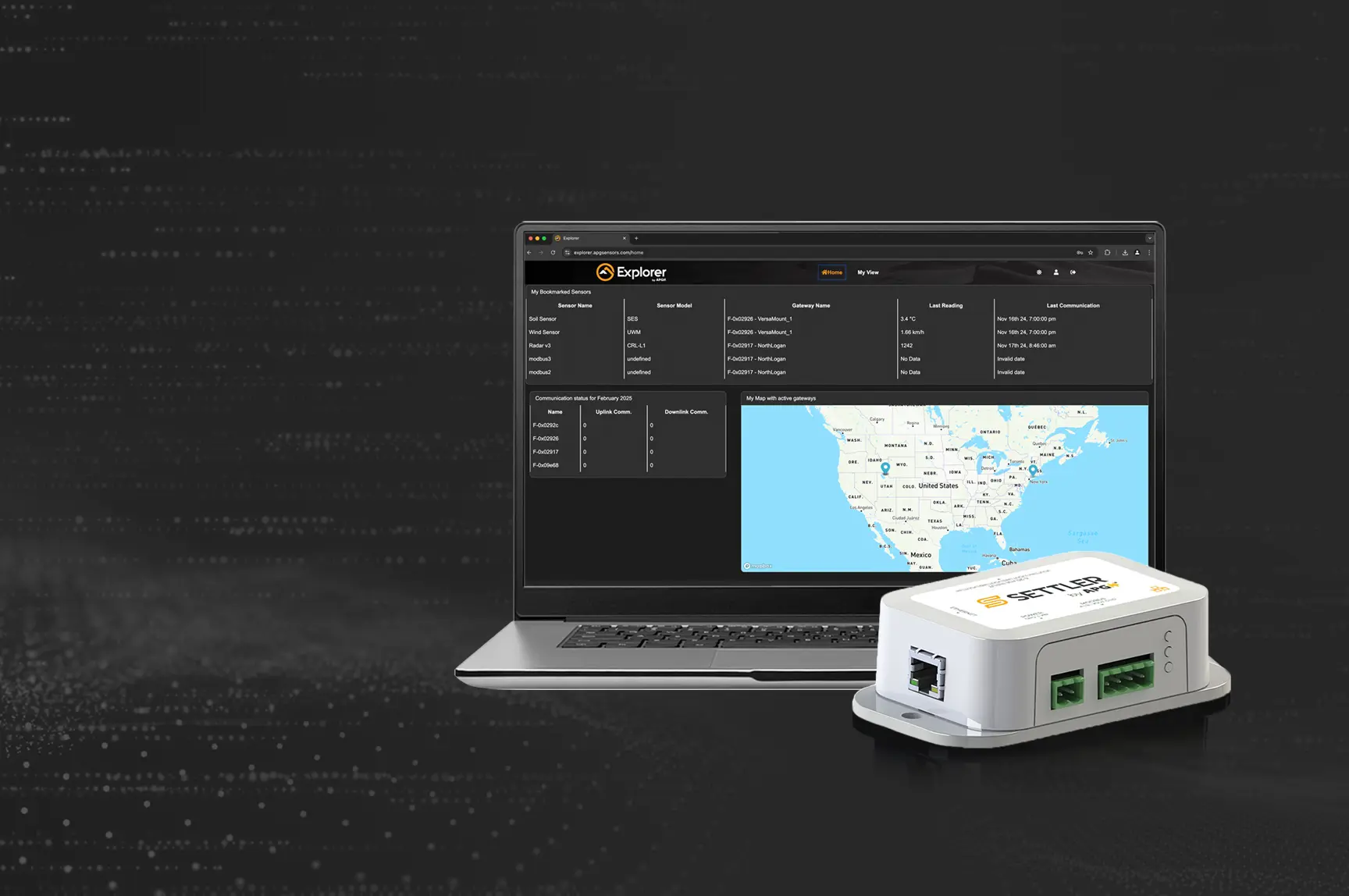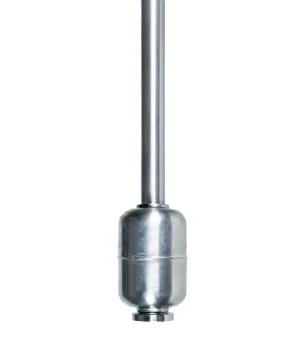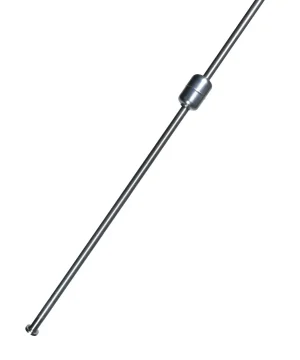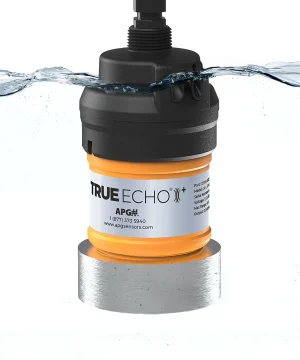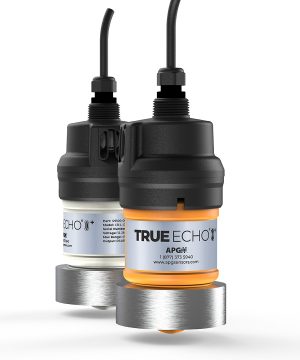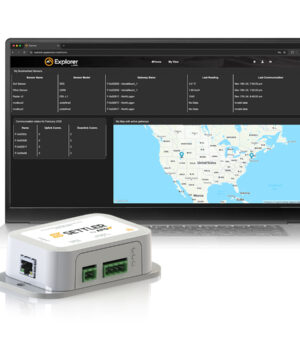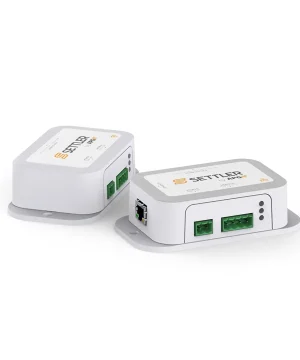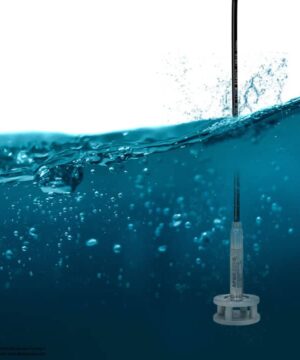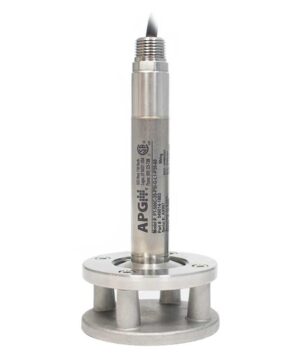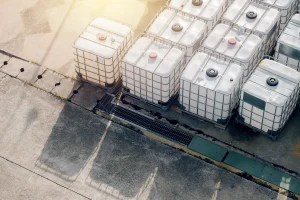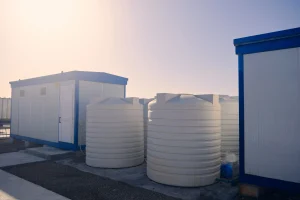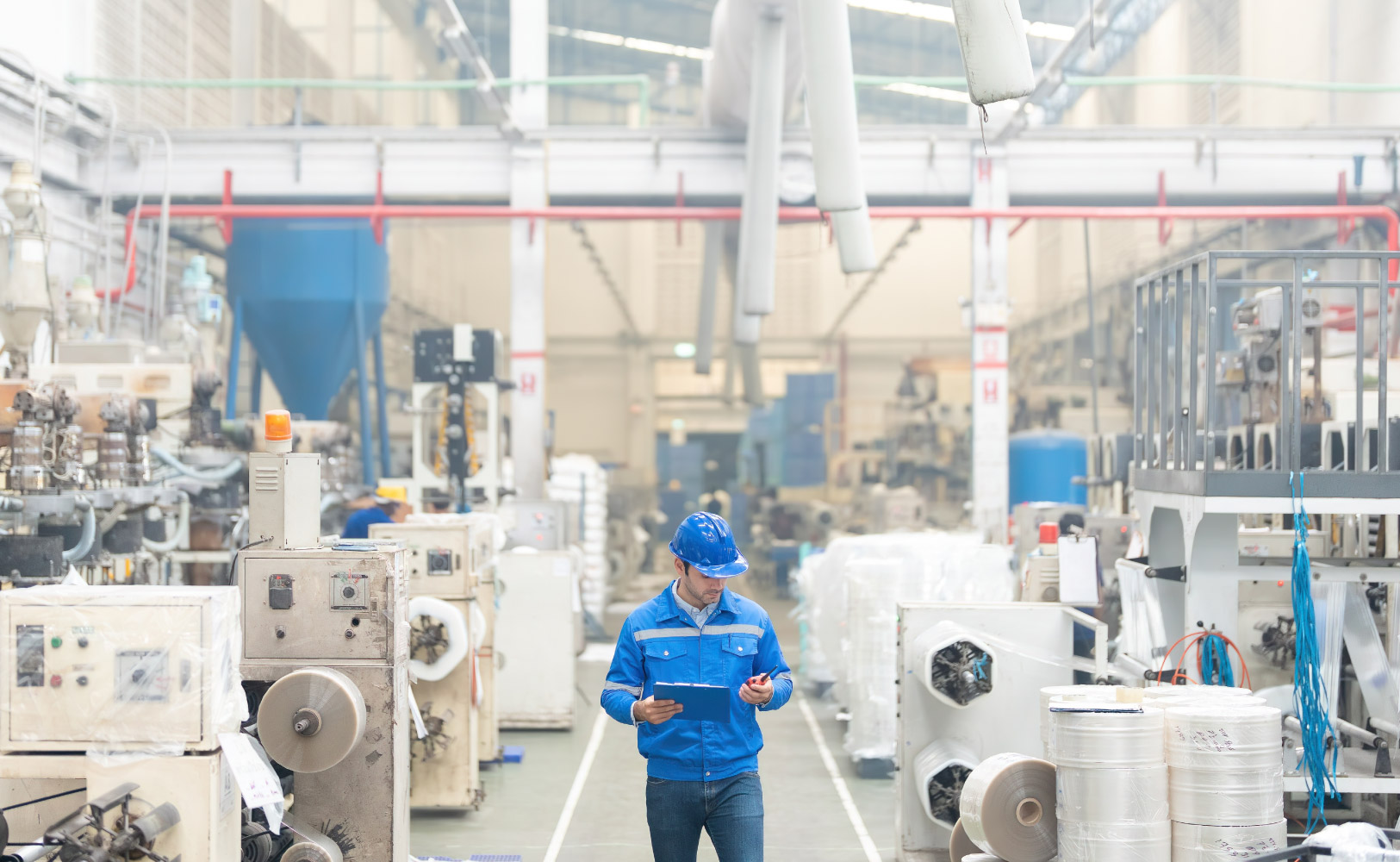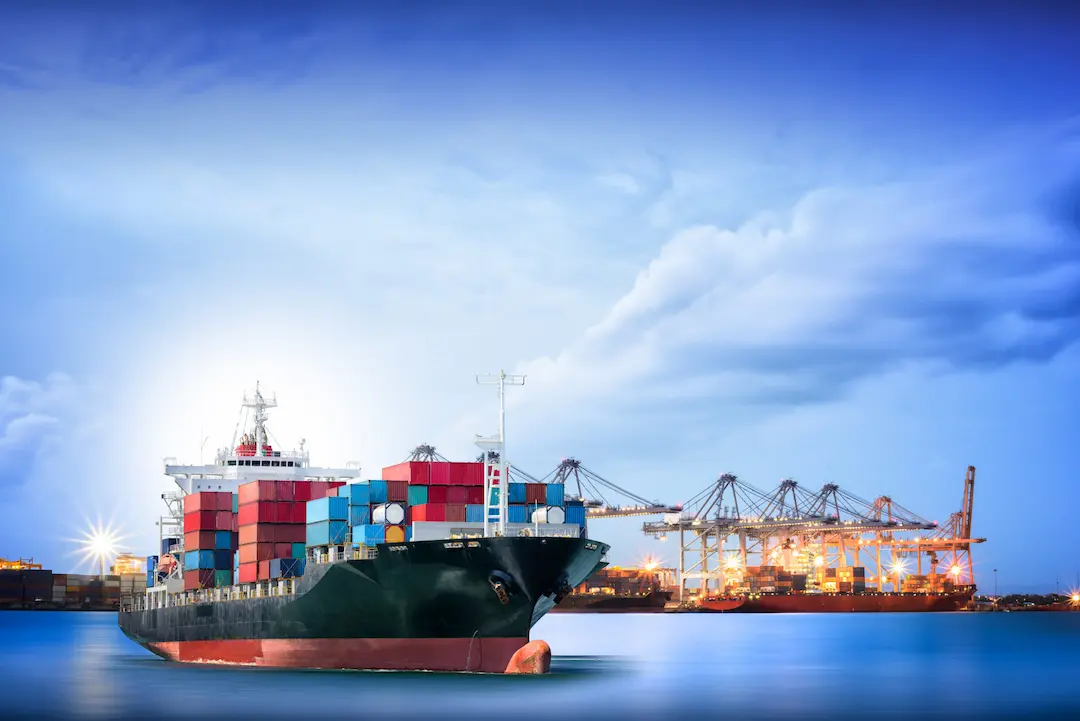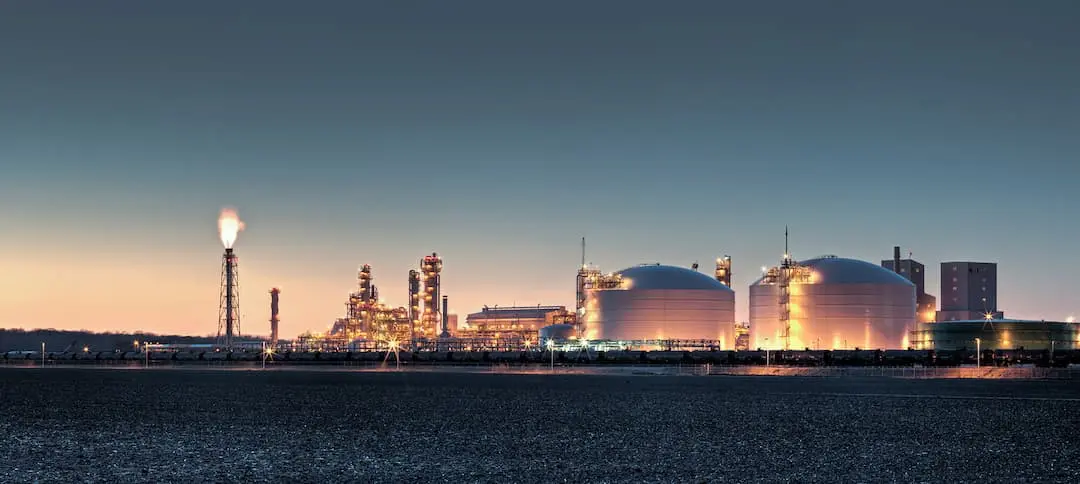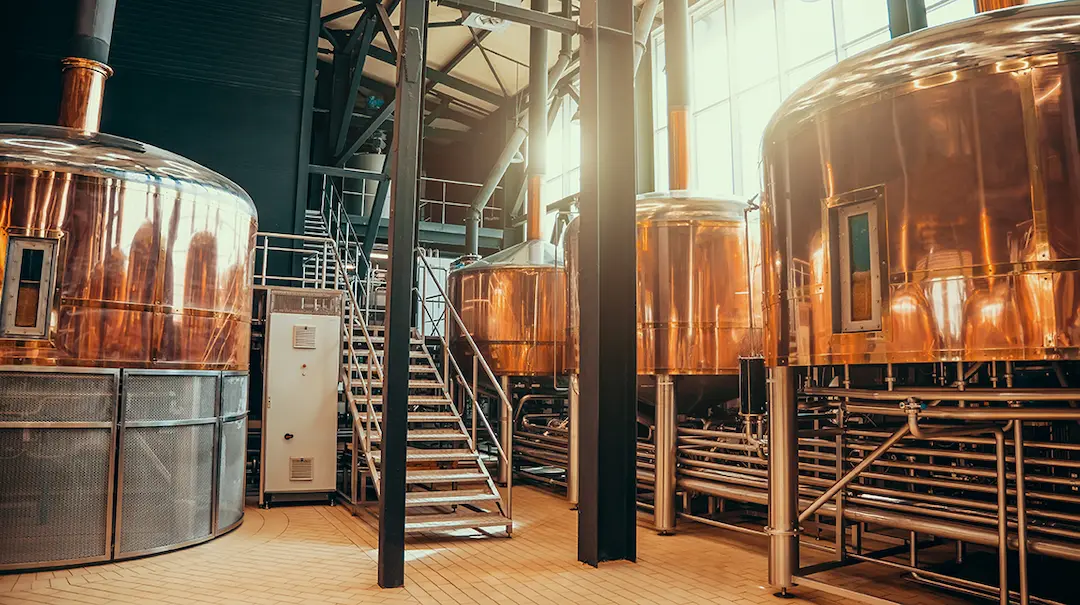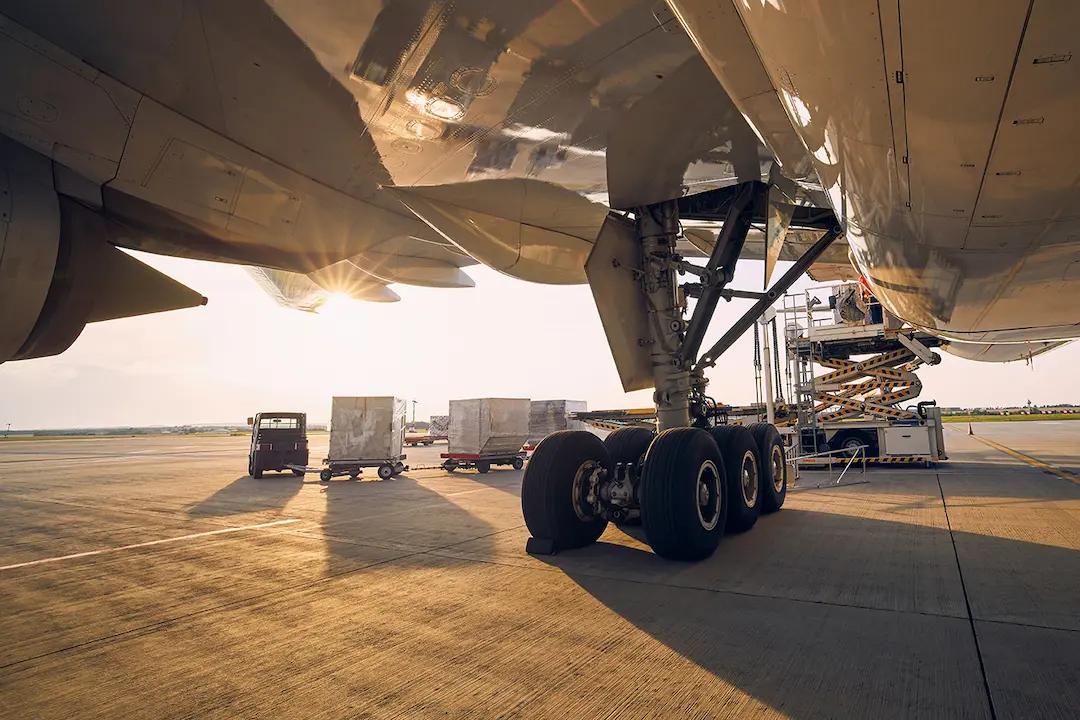WHY APG
PRECISION IN EVERY MEASURE
APG provides a comprehensive range of level sensors, switches, pressure transducers, and data management tools designed to empower industries from agriculture and chemistry to waste management and food production, helping you efficiently manage processes and inventory.
POPULAR PRODUCTS
Discover our trusted automation solutions, chosen by industry leaders.
RPS
Sanitary Resistive Level Probe
TRUE ECHO® Plus
Submersible Radar Level Transmitter
Settler
Remote Monitoring Gateway
PT-500-P30
Submersible Pressure Transmitter For Dirty Liquids
INSIGHTS THAT MATTER
LATEST READS
Stay updated with the latest trends, technologies, and best practices in industrial automation.

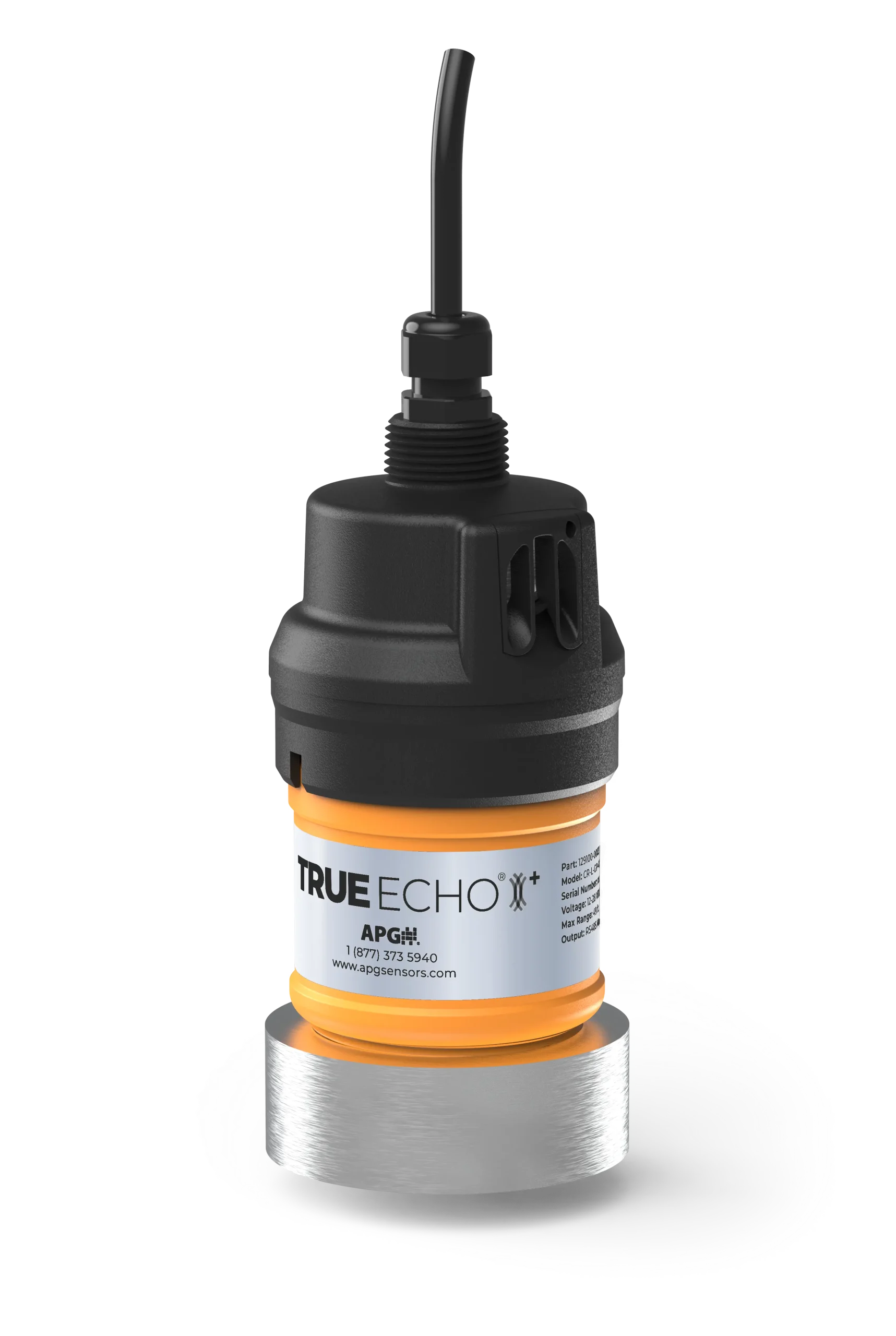
NEW

Submersible Radar Level Transmitter
The TRUE ECHO® Plus combines the accurate level readings of the CR-L radar with the precision pressure measurement from a submersible pressure transducer. Together they form a versatile dual sensor that is uniquely engineered for detecting and measuring overfill or flood conditions so you don’t have to operate in the dark when systems overflow.

Got Questions?
WE’RE HERE TO HELP
We’re here to make your search easy. Whether you need product information, a quote, or guidance on finding the right solution, our team is ready to assist.
Phone
Live Chat
Start a Live Chat with one of our experts
SHOP YOUR INDUSTRY
We offer sensor and leveling solutions tailored for a variety of industries. Search through industry specific solutions to find the right one for your needs.

SEE WHAT PEOPLE ARE SAYING
REVIEWS
APG sensors keep operations running smoothly with dependable accuracy. See what our customers are saying about their experience with our solutions.

